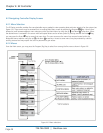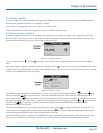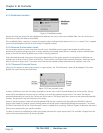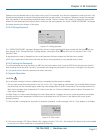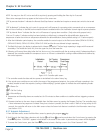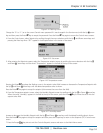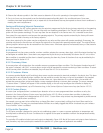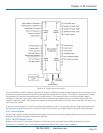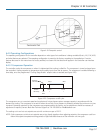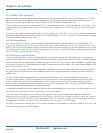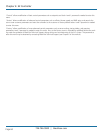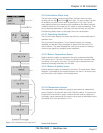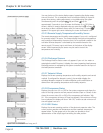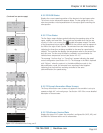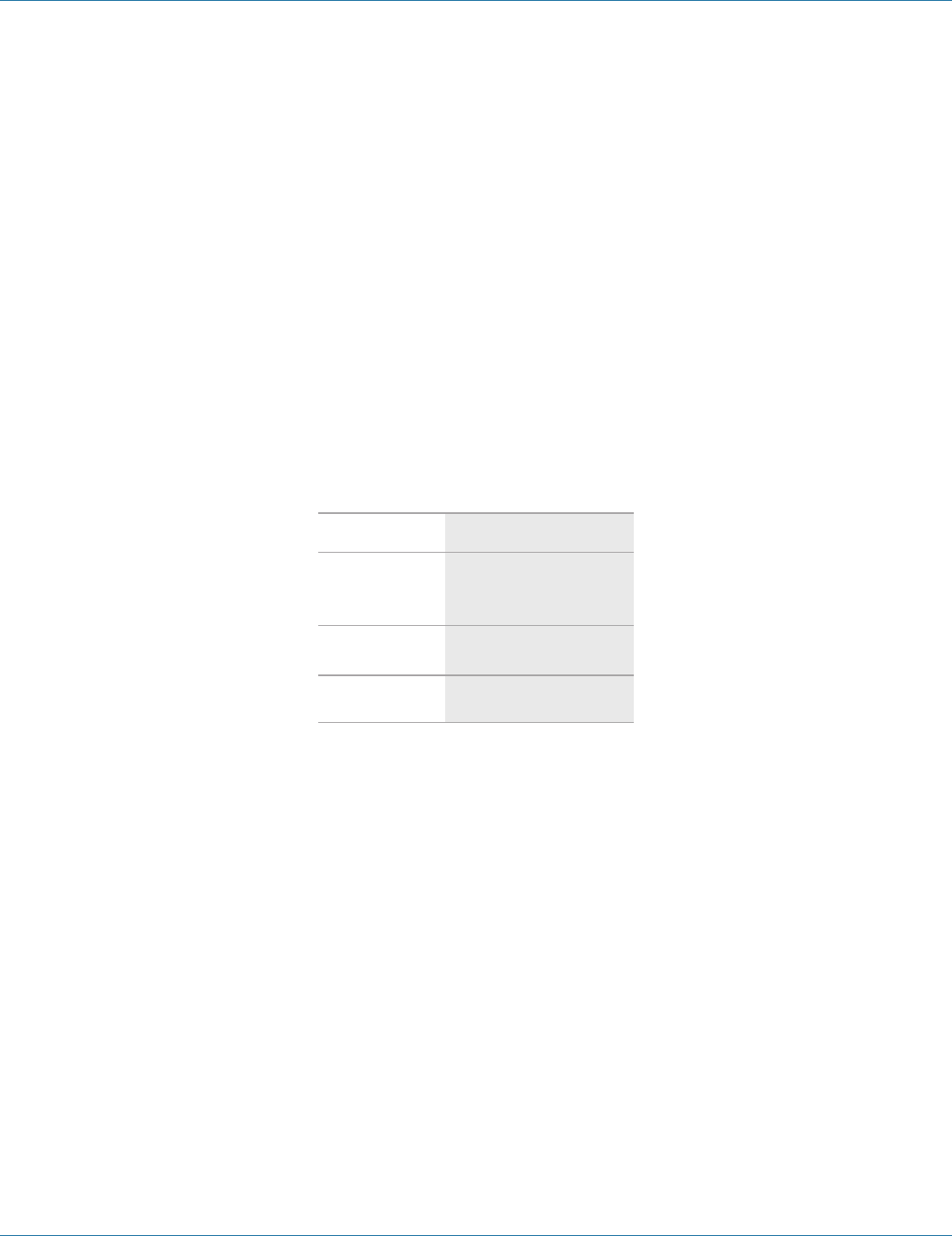
724-746-5500 | blackbox.com
Page 56
724-746-5500 | blackbox.com
Chapter 4: E2 Controller
4.4.1.2 Proportional/Integral (P/I) Control
The controller calculates proportional control output signal(s) based on the analysis of input signals and then determines the air
conditioner’s required mode(s) of operation. Signals representing temperature and humidity are each compared by the controller
as a percentage value to the maximum control setpoint value resulting in control output values that are directly proportional to
the input signal.
The integral value is used to gradually adjust the proportional output when the calculated output does not move the process
variable closer to setpoint in a given period of time. Decreasing the integral value decreases the interval for the output corrections
(speeding the rate of adjustment). Increasing the integral value increases the interval for corrections (slowing the rate of
adjustment).
4.4.2 Control Methods
System operation depends on the controller's programmed operating configuration. Control takes place by means of the
controller analyzing signal inputs from the supply air temperature sensors and the return air T/H sensor or optional remote
mounted supply T/H sensor. The E2 controller may be configured for temperature/relative humidity control (standard) or
dewpoint control (optional) for cooling, dehumidification, and humidification functions.
The control method, selected in the Factory menu, determines which sensors the controller uses to manage operation of the A/C
system. You may view the method selected in the Control>Set menu, see Section 4.5.4.1.
Table 4-2. Control method sensor selection.
Control Method Control Sensor Selection
Temperature control
1. Supply air sensors.
2. Return T/H sensor.
3. Remote supply T/H sensors.
Humidity control
1. Return T/H sensor.
2. Remote supply T/H sensors.
Dewpoint control
1. Return T/H sensor.
2. Remote supply T/H sensor.
4.4.2.1 Temperature/RH Control
When enabled for temperature/RH control, the controller continuously monitors the selected combination of air temperature
sensors and return T/H sensor or optional remote supply T/H sensor, as configured by the factory, to manage system operation.
4.4.2.2 Dewpoint Control
When enabled for dewpoint control, the controller logically examines the combination of temperature and relative humidity
(dewpoint) and determines the proper control of cooling, humidification, and dehumidification to move the actual conditions to
within the boundaries of the dewpoint setpoints as they would appear on a psychrometric chart (see Figure 4-19). It avoids
scenarios where the A/C unit might both cool and humidify the supply air when cooling alone will achieve the desired result.
The controller calculates dewpoint using the control inputs from the return air T/H sensor or optional remote, mounted supply T/H
sensor as configured by the factory. The calculated dewpoint property is used to manage system operation, resulting in higher
operational efficiency and shorter component run times.



